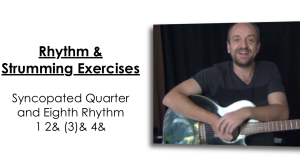
Quarter Eighth Syncopation
Now we’re getting into syncopation and things are getting interesting.
The following rhythm is a very common rock acoustic guitar rhythm.
Lesson Info
Lesson Length: 3:21
Instructor: George Goodman
Concepts:
* Quarter and Eighth notes
* Downstrokes and Upstrokes
* Tie
* Syncopation
Help File
Gear Used
Takamine EG541SC
I am playing my black tak in this one.
This is a Takamine G Series EG541SC bought in North Carolina when I was playing in a band called Double Take.
Specs:
Top - Solid Spruce
Back - Nato
Sides - Nato
Finger Board - Rosewood
Electronics - TK40
Finish - Gloss Black
Check out more Takamine G Series Guitars
1 2& (3) &4& - Down Down Up Up Down Up
Outline
Now we're getting into syncopation and things are getting interesting.
Syncopation occurs when the beat of the rhythm does not happen when expected – maybe the beat is disrupted by a rest or the emphasis gets switched to the offbeat. This can be seen in this example.

Here I have introduced a new symbol, the tie, which is the curved line that connects two adjacent similar pitched notes and ties them together, adding the duration of each note together so that only one note sounds for the duration of both notes.
Two tied eighth notes last the length of a quarter note. Tying the first half of a beat to the last half of the previous beat creates syncopation by putting the accent on the offbeat.
Chord Progression
The chord progression used in this exercise:
C | C | Dm | Dm | Em | Em | F | F | G | G | Am | Am |
Things To Work On
Work on creating clean sounding chords and making the chord changes as quickly as possible.
For the left hand, fret the strings with the finger tips by arching the fingers and place them close to the frets.
For the right hand, strum down (down stroke), and then up (upstroke) with a combination of wrist and elbow movement. Keep your hand close to the strings without using excessive movement.
Stick to the beat.
Ear Training
Practice singing the root notes of each of the chords and listen for the differences between the quality, major or minor, of the different chords.
5 Pack Case of Hohner Special 20s
What do I like about the Special 20s?
Great Sound, Smooth Comb, Responsive to Bending - but not loose, Affordable. I play Special 20s more than any other model.
Hohner Harmonica Holder
The Hohner Harmonica Neck Holder fits harmonicas up to 7-1/2" long, has a nickel plated finish and fits any neck shape.
I have used a similar holder for over 25 years. This no-nonsense holder will work for you.
Martin Acoustic Guitar Strings
If it's been a while since you've changed your strings, you won't believe the difference in the sound. These are some excellent Martin strings. Need I say more? Totally affordable.

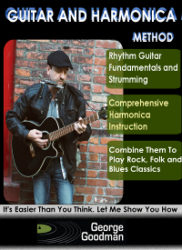
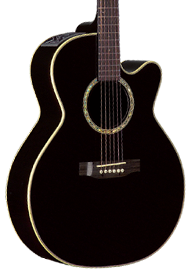
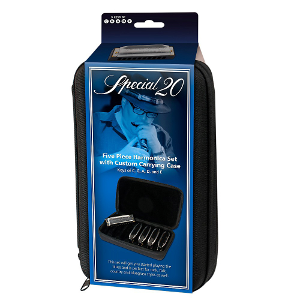
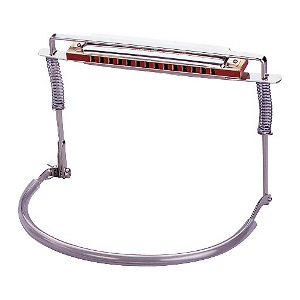


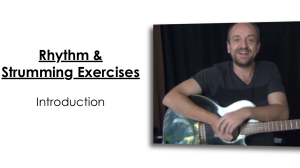
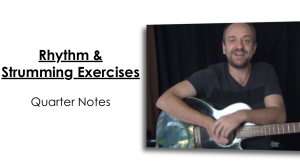

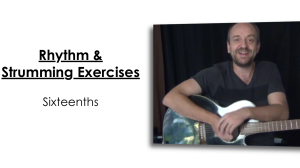
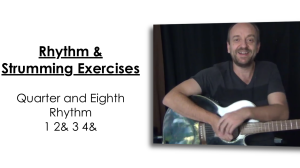
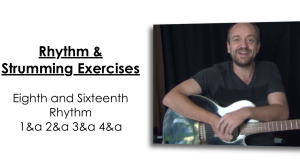
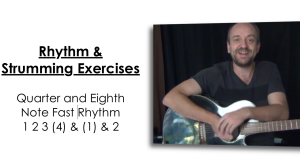
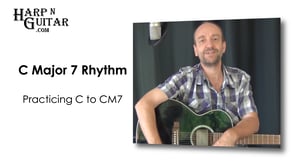

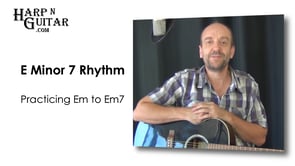
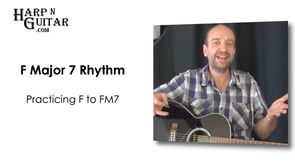

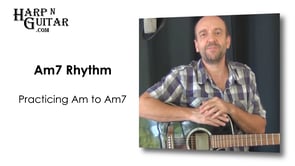
Love the course material, George, and your teaching style is straight ahead with enough room to explain the point and substance of each exercise without talking it to death. I’m focusing on the rhythm and strumming exercises right now because I’ve been away from the instrument for 40+ years. Developing a fluid motion with the strumming is starting to pay off, and slowly I’m relaxing more and not digging into the string set as I strum. It’s coming back (ok, I’m a bit slower at 74 than when I played in my 20’s) but all of this is in preparation for adding harmonica to my guitar playing and that makes this front end work all worth the effort. Thank you and I’m really enjoying the instruction and exercises. Michael from Albuquerque, NM.
Hi Michael,
Talking a subject to death is something I try to avoid. Sometimes it requires some editing.
Getting relaxed and fluid with the strumming hand smooths everything out.
Keep up the practice.
Peace,
George